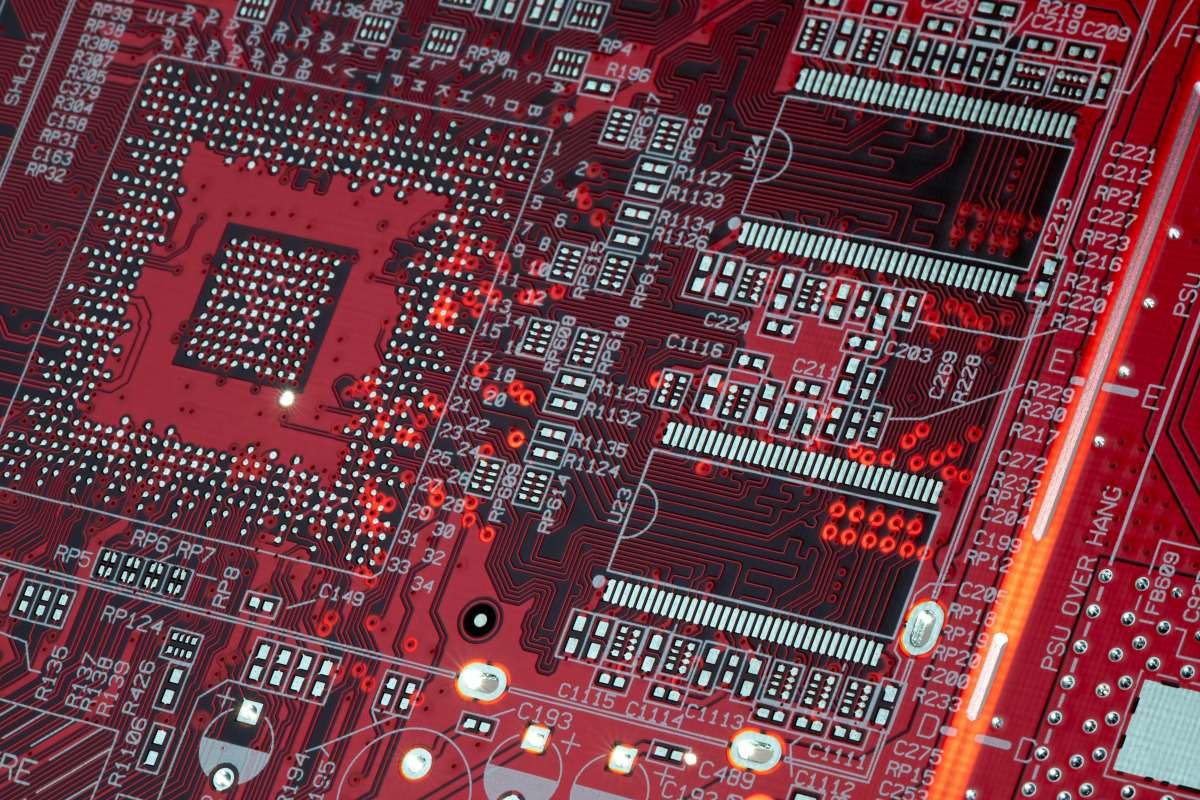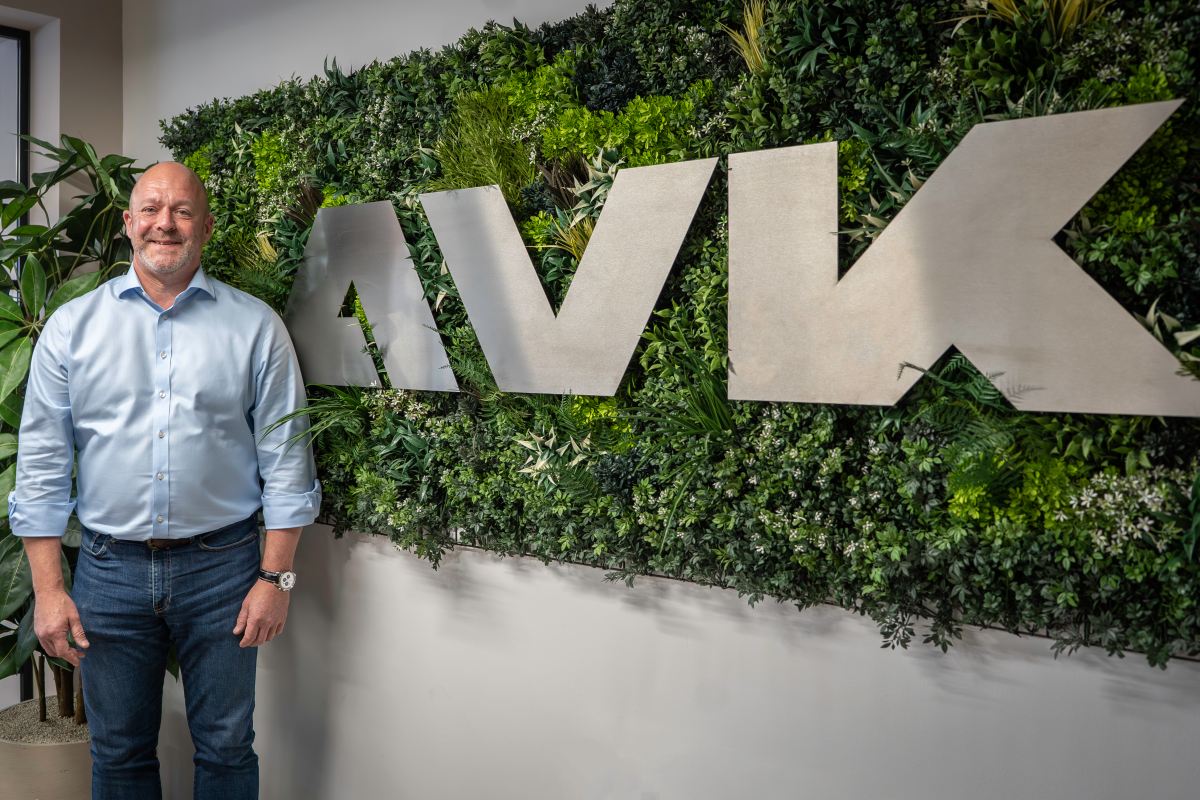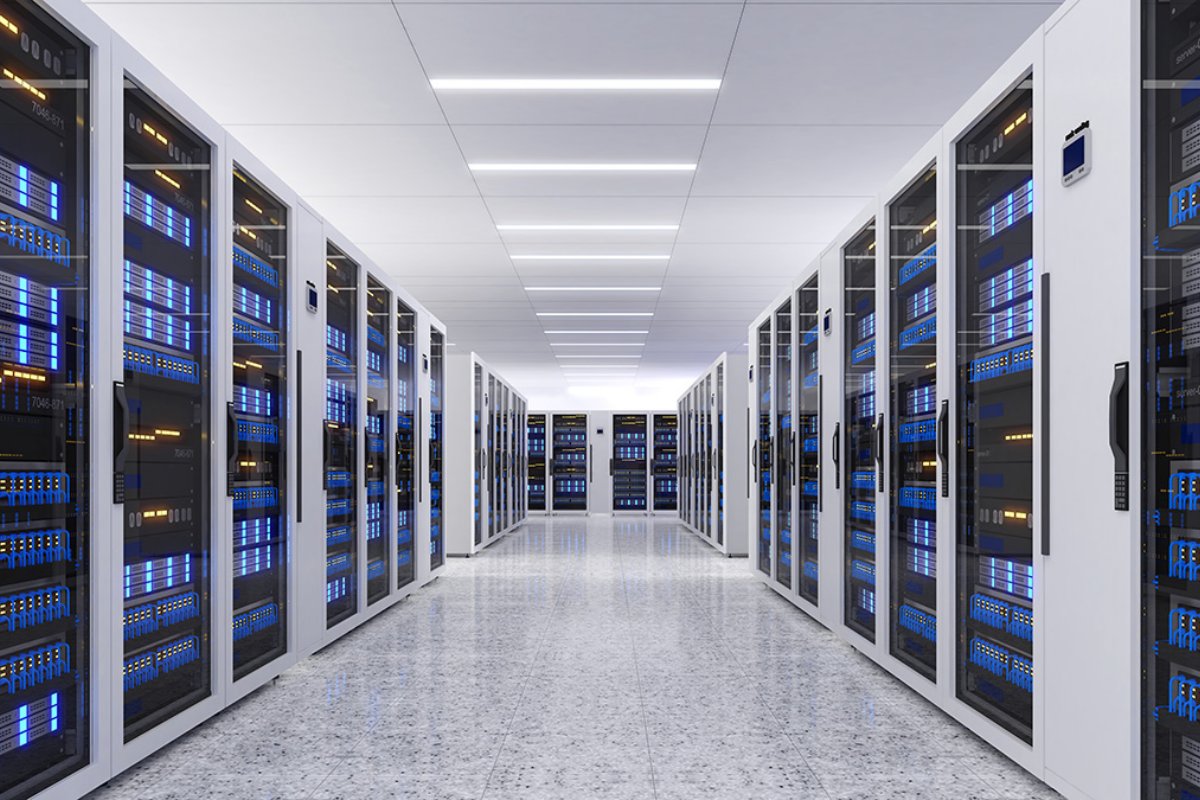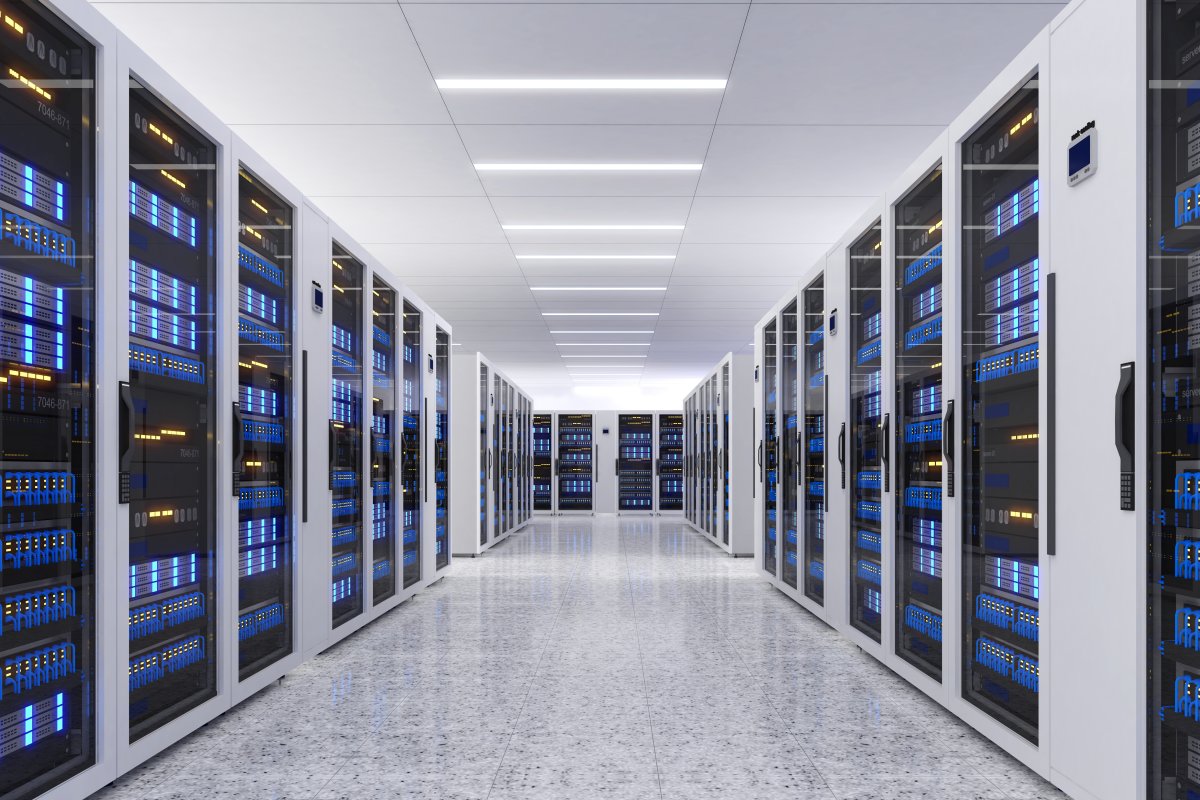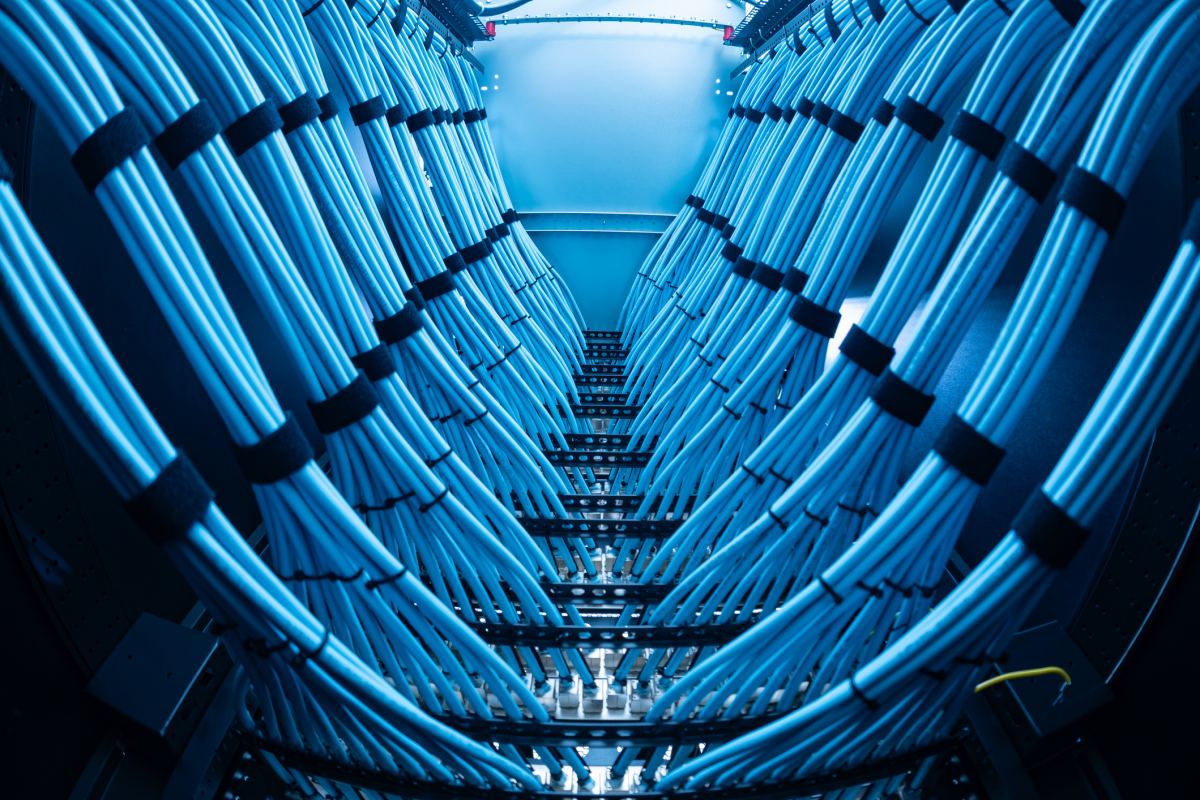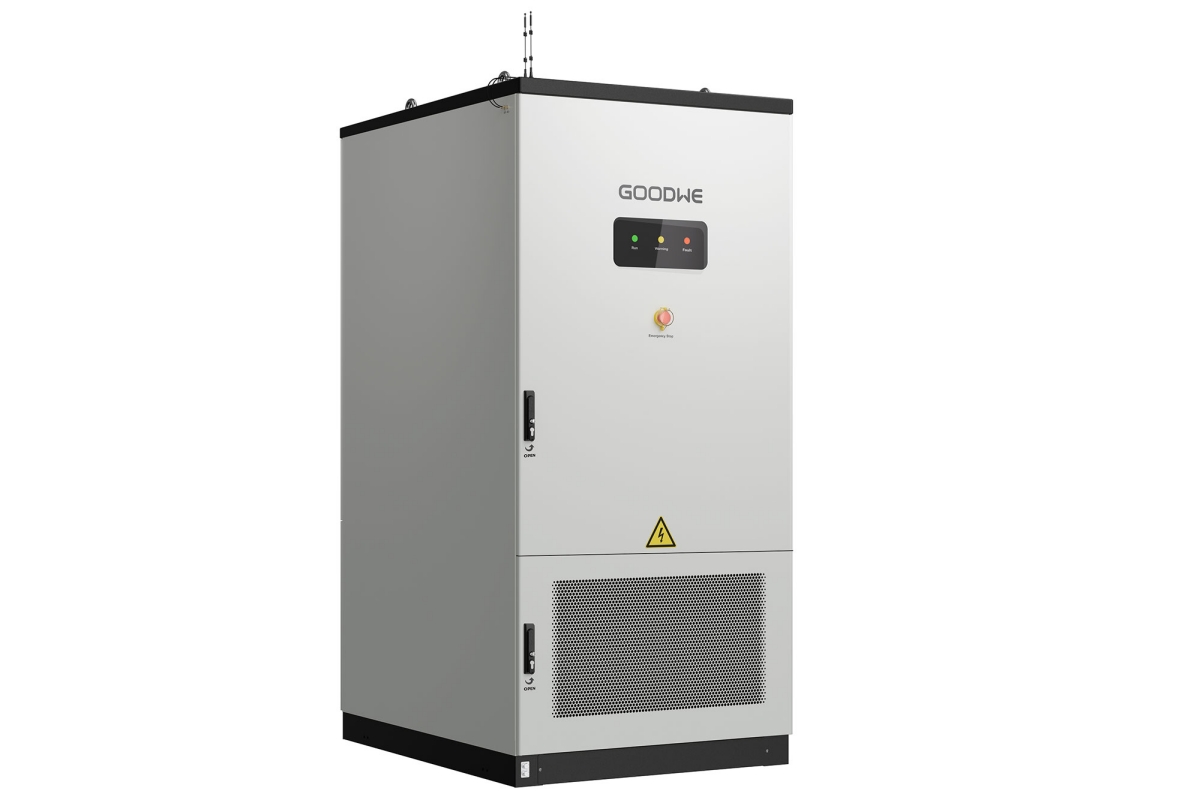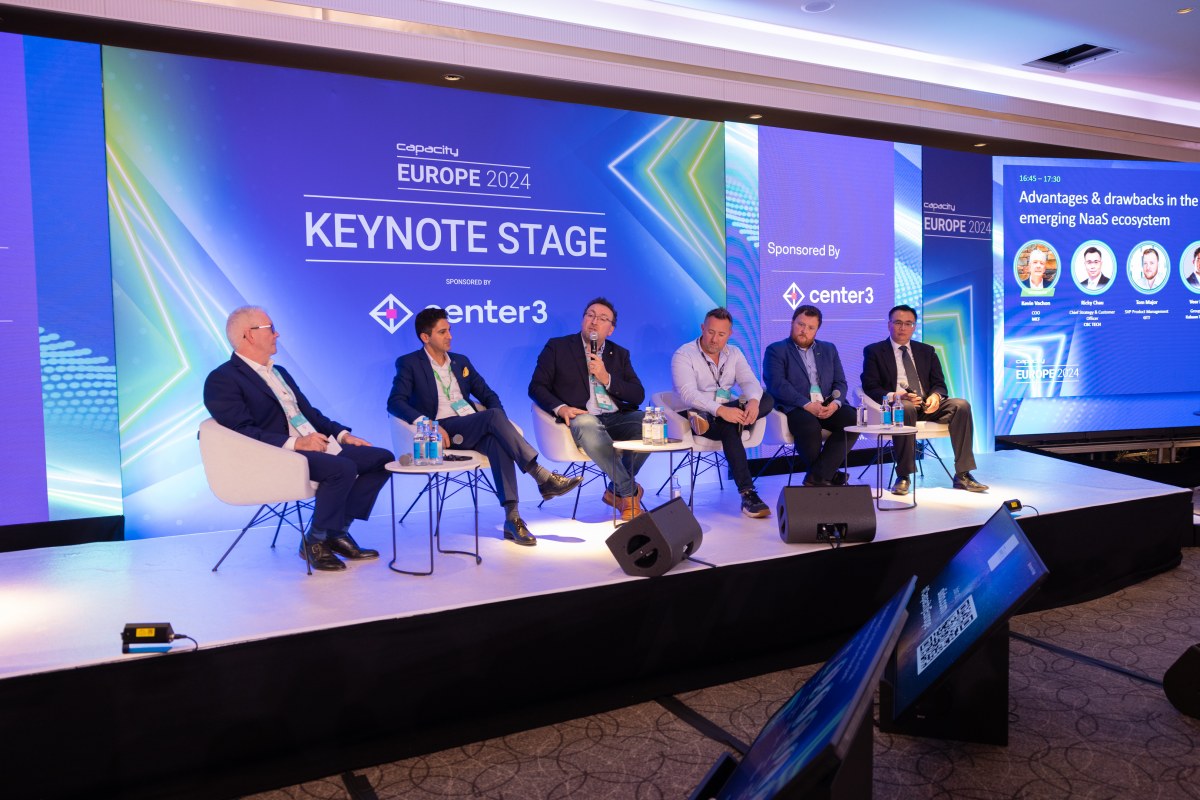Data Centre Infrastructure News & Trends
Data Centre Infrastructure News & Trends
Enterprise Network Infrastructure: Design, Performance & Security
News
Products
rConfig launches Version 8 of its network configuration platform
Irish software developer rConfig has announced the release of Version 8 of its network configuration and compliance management platform.
The update introduces a new distributed architecture, enhanced security features, and broader vendor support. It has been designed to support large-scale environments, with capacity for more than 20,000 devices and faster search and compliance processes.
Key Features in Version 8
• Vector architecture — Distributed collection and multi-tenant scalability for managed service providers and large enterprises
• Security and compliance — Expanded policy frameworks, encrypted configuration storage, and reporting designed to meet regulatory requirements
• Performance — Proven capability to manage 20,000+ devices with faster compliance execution
• Vendor support — Broad compatibility without restrictions
Positioning in the Market
The company says the platform combines its open-source heritage with enterprise-level capability. Its distributed design, focus on compliance automation, and multi-vendor support aim to make it suitable for sectors including telecommunications, manufacturing, energy, and government.
rConfig is also developing AI-driven features, including automated compliance baselines, anomaly detection, and predictive analytics to support proactive network management.
Industry Collaboration
The company will be a Platinum Partner at Zabbix Summit 2025 in Riga this October, where it will demonstrate how Version 8 integrates with Zabbix for real-time configuration monitoring and compliance.
“With V8, we’ve set a new standard for the industry,” claims Stephen Stack, CTO of rConfig. “Our customers demanded speed, compliance, and distributed scale – we delivered. And with AI-driven innovation and our deepening partnership with Zabbix, we’re excited to lead the next chapter of network automation.”
Joe Peck - 2 September 2025
Data Centre Infrastructure News & Trends
Innovations in Data Center Power and Cooling Solutions
News
AVK appoints new Chief Operating Officer
AVK, a UK provider of power systems and electrical infrastructure for data centres, has announced the appointment of Paul Hood as its new Chief Operating Officer (COO). He brings extensive experience from senior roles in the data centre sector, including positions at Yondr Group, Pure Data Centres Group, Barclays, and JP Morgan.
Paul was formerly Managing Director and then COO of Yondr Group, and Global Operations Director and MD (Africa region) at Pure Data Centres Group. His career also includes 13 years at JP Morgan, where he oversaw the company’s entire data centre infrastructure across Europe, the Middle East, and Africa, managing an annual budget of $90 million (£67 million).
Industry experience
Paul’s background is rooted in systems and control engineering for building services, later expanding to building electrical systems management. He has also planned and administered multi-million-pound engineering budgets, conducted inspections in health, safety, and fire prevention, and co-founded the Universal Technical College network of STEM-focused schools.
Ben Pritchard, CEO of AVK, comments, “I am genuinely excited about Paul joining our team. He has a superb engineering brain, he is a very logical thinker, and he has a real passion for working hard. Essentially, he believes in what he does. Paul doesn’t just bring vast global experience to AVK; he is a leader who has done it all.”
Paul says, “I’ve known AVK for 30 years and I understand exactly where the company has come from and where it is going in this incredibly competitive industry. I am delighted to be working with some of the most committed infrastructure engineers in the world. I’m also known for investing in people, getting decisions done, and getting things over the line, and I’m truly excited about my forthcoming journey at AVK.”
Future role at AVK
Paul’s appointment comes as AVK pursues growth in integrated power infrastructure for data centres, including prime power, microgrids, standby, and modular energy systems. He is expected to play a key role in expanding service and maintenance operations, developing client relationships, and supporting long-term partnerships.
For more from AVK, click here.
Joe Peck - 2 September 2025
Data Centre Infrastructure News & Trends
Enterprise Network Infrastructure: Design, Performance & Security
News
DE-CIX becomes first in India to integrate Starlink
Internet exchange (IX) operator DE-CIX India has announced that Starlink has joined its interconnection platform, making it the first IX in the country to provide interconnection for Low-Earth Orbit (LEO) satellite services.
The move follows Starlink’s approval of a commercial licence from India’s Department of Telecommunications, with final clearance expected by late 2025 or early 2026. The partnership is expected to play a role in supporting India’s digital infrastructure and extending broadband access to underserved areas.
Expanding connectivity
Starlink services are priced at around ₹33,000 ($376 / £276) for hardware, with monthly costs of ₹3,000–₹4,200 ($35–$50 / £25-£35). The service offers speeds of 25–220 Mbps, which can provide broadband-grade access in remote regions beyond the reach of fibre networks.
DE-CIX says its infrastructure will provide the terrestrial backbone needed to support Starlink’s satellite connectivity, enabling reliable performance for applications such as streaming, video conferencing, and online gaming.
Satellite and terrestrial integration
Through its global Space-IX programme, DE-CIX provides interconnection for satellite operators by linking them with terrestrial networks and cloud services. The organisation says this integration is critical to maintaining low latency and high reliability.
By joining DE-CIX India’s platform, Starlink is positioned to operate as an internet service provider in the country, complementing existing terrestrial and mobile networks.
DE-CIX India operates across major metros including Mumbai, Delhi, Chennai, Kolkata, Hyderabad, and Bengaluru, and offers multiple 100GE ports for high-capacity connections.
For more from DE-CIX, click here.
Joe Peck - 1 September 2025
Data Centre Infrastructure News & Trends
Innovations in Data Center Power and Cooling Solutions
Sponsored
Powering data centres sustainably in an AI world
Data centres are getting bigger, denser, and more power-hungry than ever. Artificial intelligence's (AI) rapid emergence and growth only accelerates this process. However, AI could also be an enormously powerful tool to improve the energy efficiency of data centres, enabling them to operate far more sustainably than they do today.
This creates a kind of AI energy infrastructure paradox, with Hitachi Energy posing the question: Is AI a friend or foe of data centres' sustainability?
In its technical brief, the company explores:
• The factors that are driving the rapid growth in data centre energy demand,
• The steps taken to mitigate fast-growing power consumption trends, and
• The role that AI could play in the future evolution of both data centre management and the clean energy transition.
Register below to download the whitepaper now:
[ninja_form id='4']
Joe Peck - 1 September 2025
Data Centre Infrastructure News & Trends
Enterprise Network Infrastructure: Design, Performance & Security
News
Community IX launches new internet exchange in Virginia
Community IX, the operator of the FL-IX (South Florida) and CIX-ATL (Atlanta) internet exchanges (IXs), has launched a new exchange in Northern Virginia called CIX-NoVA. The service is initially available through data centres in Ashburn and Reston, with additional sites under review.
According to the organisation, the launch responds to customer demand for greater interconnection capacity in Northern Virginia, which is it regards as the world’s largest data centre and connectivity hub.
Community IX says it has already secured participants to anchor the new platform and, across its existing exchanges, the organisation already operates more than 30Tbps of installed port capacity.
Expanding interconnection services
Randy Epstein, co-founder and Executive Director of Community IX, says, “Since beginning operations in 2015, we’ve focused on providing a cost-effective, community-driven service to our membership and have experienced tremendous growth in Florida and later in the Atlanta Metro market.
"Over the years, we’ve been asked what other markets we can offer our service [to] and Northern Virginia has consistently come up in conversation.”
CIX-NoVA allows ISPs, content providers, and enterprises to exchange IP traffic across multiple sites in the region. The exchange is open to networks operating in Ashburn and Reston.
Community IX is offering new 10G and 100G port connections free for the first year (with a two-year agreement). 400G ports are also available, but the company says they are not included in this promotion.
Joe Peck - 27 August 2025
Data Centre Infrastructure News & Trends
Innovations in Data Center Power and Cooling Solutions
Sponsored
AI is reshaping the grid — is your data centre ready?
As Hitachi Energy explains, AI is driving explosive demand—and volatility—in data centre power needs. Today’s 'AI factories' require flexibility, speed, and sustainability. Traditional baseload planning won’t cut it.
Digitalisation enables real-time load shifting, renewable alignment, and grid responsiveness. Energy availability is now the top constraint, making early collaboration with utilities and infrastructure partners essential.
Capabilities like storage, on-site generation, and load shaping—once optional—are now critical. And no single player can solve this alone. Deep cross-sector collaboration is the key to building resilient, scalable systems.
We’ve seen it work: when energy and IT teams align early, results are faster, cleaner, and more adaptable.
AI is changing the grid and data centres must evolve. Flexibility isn’t an option for data centres: it’s the foundation.
Read the full article to discover how to power data centres smarter, faster, and more sustainably.
For more from Hitachi, click here.
Joe Peck - 26 August 2025
Data Centre Infrastructure News & Trends
Data Centres
Innovations in Data Center Power and Cooling Solutions
'Decentralised energy key against DC construction bottlenecks'
Following warnings the UK risks missing out on significant investment in artificial intelligence (AI) facilities due to grid connection concerns, British temporary power and temperature control company Aggreko is encouraging operators to explore other options to best address ongoing bottlenecks.
Digital Realty, a data centre developer, has called for overhauls of Britain’s energy grid and planning system to ensure reliable power supplies for new facilities. With AI-related tasks requiring higher workloads from data centres, owners and operators are under increasing pressure to maintain site efficiency, resilience, and uptime.
With the number of data centres in the UK set to increase by almost a fifth, grid connection delays continuing as a concern, and the National Grid under increasing strain to facilitate ever-growing power demand, Aggreko is highlighting how decentralised energy provision could help project managers navigate these pressures.
The company’s recent whitepaper, Bridging the Energy Gap for European Data Centres, explores how on-site power generation can play a key role in ensuring data centre construction and commissioning remains on track.
“Our conversations with data centre owners and operators show Digital Realty’s concerns are echoed throughout the sector,” says Billy Durie, Global Sector Head for Data Centres at Aggreko.
“As with a great many other places, AI is set to have a transformative impact on the data centre industry. But if it is to do so, reliable power sources are key. The lengthening queues for grid connections provide proof that these sources cannot be guaranteed via the grid.
"While in the long run planning reforms will make it easier to deliver the necessary infrastructure needed to power facilities handling AI-heavy workloads, bridging power is required in the short- to medium-term. It is essential to ensuring UK data centre construction can continue to meet skyrocketing demand and not miss out on the huge levels of investment that come with AI technologies.”
The challenge of procuring suitable equipment in tier one and tier two markets has proved a historical impediment for data centre owners and operators looking to invest in permanent decentralised energy solutions. But with projects running the risk of stalling amid the AI boom, Billy is encouraging relevant stakeholders to consult the supply chain and explore procurement strategies based around temporary equipment hire in the short-, medium-, and long-term.
Aggreko, for example, has recently integrated Stage V HVO-fuelled generators and customisable SCADA controls at a critical UK facility, aiming to provide a robust standby power solution to ensure site resilience and reduce emissions, independent of grid connection status.
“Data centre construction and commissioning must continue as unhindered as possible if facilities are to be brought online within strict project timescales,” Billy continues. “However, grid connection delays and a scarcity of decentralised energy solutions available for outright purchase means deadlines may be missed.
“Yet power is power, whether it comes from the grid or a hired generator. It is therefore vital project stakeholders and facility operators investigate different strategies for procuring necessary energy supplies.
"Leveraging third-party expertise within the supply chains can help these organisations access the expertise and capacity to swiftly deploy energy-efficient and scalable technologies on a hire basis so they can meet specific site needs.”
For more from Aggreko, click here.
Joe Peck - 21 August 2025
Data Centre Infrastructure News & Trends
Innovations in Data Center Power and Cooling Solutions
News
Products
GoodWe introduces liquid-cooled energy storage system
GoodWe, an inverter manufacturer and smart energy system provider, has launched the ESA Series, an all-in-one, liquid-cooled energy storage system designed for commercial and industrial (C&I) applications.
The unit provides 125kW nominal output power and 261kWh storage capacity, as well as integrating the power conversion system, battery cells, energy management system, and battery management system into a single cabinet.
The system can be scaled by connecting up to 15 units in parallel, supporting a maximum total capacity of 3.91MWh in grid-connected scenarios. GoodWe says the design allows for simplified installation, operation, and maintenance whilst offering flexible expansion.
Performance and safety features
The ESA cabinet has a footprint of 1.47m² and an energy density of 177.6kWh per square metre, aimed at sites with limited space. It incorporates 314Ah lithium iron phosphate (LFP) cells and liquid cooling technology to regulate temperatures across the system. The storage supports 6,000 cycles and operates in temperatures from -25°C to 55°C.
The ESA 125kW/261kWh was tested under UL 9540A methodology and includes multiple safety measures, such as smoke detection, thermal sensors, combustible gas monitoring, and humidity control with automatic dehumidification.
Fire protection uses both active and passive approaches, including integrated aerosol suppression modules. TÜV Rheinland has certified the system for environmental adaptability across climatic, mechanical, chemical, electromagnetic, and specialised scenarios.
Deployment examples
GoodWe reports that early projects in China have demonstrated reductions in energy costs and improved operational efficiency. At its Guangde manufacturing site, nine ESA cabinets were installed in parallel to provide large-scale storage. Another installation in De’an combined seven cabinets with wind and solar power to support an energy storage project for heavy-duty truck charging.
The system supports operating modes including peak shaving, demand management, energy trading participation, and off-grid backup power. In on-grid deployments, ESA units can be combined with GoodWe GT Series inverters and managed by the SEC3000C Smart Energy Controller to support up to 40 string inverters.
Joe Peck - 21 August 2025
Data Centre Infrastructure News & Trends
Enterprise Network Infrastructure: Design, Performance & Security
News
Ocean Networks selects Prysmian and IT for Hawaiian fibre link
Ocean Networks, a telecom development and service company, has today announced cable manufacturer Prysmian and submarine cable engineering and installation specialist International Telecom (IT) as partners for the Hawaiian Islands Fiber Link (HIFL) submarine cable system.
The agreement represents a key step in the development of Hawaii’s open-access, carrier-neutral inter-island fibre infrastructure, which is intended to improve high-speed broadband connectivity across the state.
The HIFL project forms part of the US State of Hawaii’s 'Connect Kākou' broadband initiative. Prysmian will supply around 740km of submarine cable, while IT will provide engineering and installation services.
Progress on Hawaii’s broadband initiative
David Blau, Chief Operating Officer of Ocean Networks, says, “We are thrilled to be working with industry leaders like Prysmian and International Telecom, whose expertise is crucial to achieving our goal of enhancing high-speed broadband access across Hawaii.
"Securing these contracts represents a major step forward in the construction timeline for the HIFL project, bringing us closer to fulfilling the promise of improved connectivity for all of Hawaii’s residents, businesses, education, and government entities.”
Davide Taddei, Submarine Telecom Business Director at Prysmian, adds, “Prysmian is proud to have been selected by Ocean Networks and [to] contribute to such a vital infrastructure project that will bring affordable, high-speed internet and connectivity to all residents.
"In today’s interconnected world, ensuring secure and resilient digital infrastructure is critical. Our systems are designed not only for performance and durability but also to support enhanced digital security and data integrity for the communities they serve.
"The HIFL project is a key step in delivering robust infrastructure in the Pacific and builds on Prysmian’s strong track record in challenging submarine environments worldwide.”
Steve Arsenault, Vice President of Sales and Marketing at IT, comments, “IT takes great pride in our long history of successful project delivery within the Hawaiian Islands.
"Bringing this experience to bear on behalf of Ocean Networks for the HIFL project is an honour. We are pleased to contribute once again to the important work of strengthening Hawaii’s inter-island telecommunications infrastructure.”
Ocean Networks is overseeing the supply, construction, operations, and maintenance of the HIFL system, with the aim of supporting a more advanced and equitable digital landscape for Hawaii.
For more from Prysmian, click here.
Joe Peck - 20 August 2025
Data Centre Infrastructure News & Trends
Enterprise Network Infrastructure: Design, Performance & Security
Events
News
Capacity Europe 2025 returns to London
Capacity Europe, an event for global digital infrastructure and connectivity, returns to the InterContinental London – The O2 from 21–23 October 2025, bringing together more than 3,500 decision-makers from across the global connectivity and digital infrastructure sectors.
Now in its 24th year, the event has grown from a telecoms conference into a major platform for deal-making, partnerships, and thought leadership in data infrastructure, cloud, and AI.
Across three days and four stages, 200+ speakers will discuss topics ranging from preparing networks for AI to improving interoperability, security, and resilience in an era of growing data demand and geopolitical uncertainty.
Industry leaders on stage
Confirmed speakers include Annette Murphy, Chief Commercial Officer at Colt Technology Services; Enrico Bagnasco, CEO at Sparkle; Petrina Steele, Global Lead – Emerging Technologies at Equinix; and Rebecca Stanic, Principal – Infrastructure Planning & Network Acquisition at Microsoft.
Executives from Goldman Sachs, EdgeConneX, Deutsche Telekom, and Openmind Networks will also take part.
Attendees at previous editions have praised the event for its networking and deal-making opportunities. Prabhu Abimannan, Manager International Data Business at e& Europe, comments, “Capacity Europe offers invaluable networking opportunities and brings together industry leaders to discuss the latest trends in international telecom. Each year, the event raises the bar.”
Linda Shannon, Director at Hilco Streambank, adds, “Capacity Europe is a not-to-be-missed event. Fantastic networking opportunities, both formal and informal, alongside useful content. An invaluable opportunity to catch up with existing clients and make new connections in one location.”
Building the future of connectivity
Capacity Europe 2025 will gather leaders from connectivity, cloud, edge, investment, and software to exchange ideas, form partnerships, and define strategies for the next decade of digital infrastructure.
“Celebrating the 24th year of Capacity Europe is a proud moment for us,” says Gabriela Cogorno, Head of Marketing-Events and Membership, Telecoms & Tech at techoraco. “This year’s event will be bigger and more impactful than ever, highlighting key themes and laying the foundation for innovation and transformation in the digital sector.”
The event is once again supported by Spa Communications, which will lead global media engagement following a successful 2024 campaign.
Why attend?
• Connect with 3,500+ decision-makers from 100+ countries
• Hear insights from 200+ speakers shaping the digital future
• Forge deals across connectivity, cloud, edge, investment, and software
• Be part of the conversations driving the future of networks and services
Capacity Europe 2025 will take place at the InterContinental London – The O2, 21–23 October. Visit the event's website to find out more.
For more on Capacity Europe, click here.
Joe Peck - 19 August 2025

Head office & Accounts:
Suite 14, 6-8 Revenge Road, Lordswood
Kent ME5 8UD
T: +44 (0)1634 673163
F: +44 (0)1634 673173
